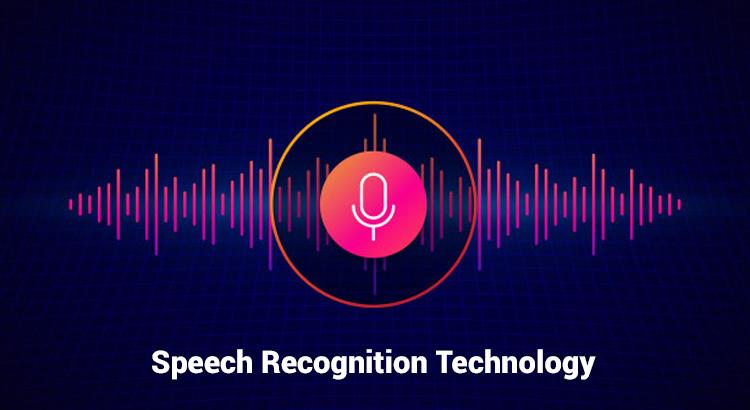Voice recognition technology has rapidly evolved, revolutionizing the way we interact with our devices. Artificial intelligence (AI) voice recognition allows machines to understand and interpret spoken language, paving the way for a plethora of applications across various sectors. In this article, we will explore how AI voice recognition is applied in everyday life, its benefits, tips for effective use, as well as real-life case studies to illustrate its significance.
Understanding AI Voice Recognition Technology
AI voice recognition refers to the capability of machines to convert spoken words into text using algorithms and machine learning technologies. This technology is powered by deep learning and neural networks, which enable high accuracy in speech understanding.
Applications of AI Voice Recognition
1. Voice Assistants
One of the most common applications of AI voice recognition is the development of smart voice assistants such as:
-
- Amazon Alexa: Controls smart home devices, provides weather updates, and more.
-
- Google Assistant: Answers queries, manages calendars, and plays music.
-
- Siri: Assists Apple users in navigating their devices and answering questions.
2. Accessibility Features
AI voice recognition significantly enhances accessibility for individuals with disabilities. Features include:
-
- Speech-to-text services for those with hearing impairments.
-
- Voice commands for navigating devices, fostering independence.
3. Customer Service Automation
Businesses are increasingly integrating AI voice recognition into their customer service operations by:
-
- Utilizing chatbots equipped with voice recognition to answer FAQs.
-
- Implementing call centers with AI agents that can handle common inquiries.
4. Smart Home Technology
Smart homes leverage AI voice recognition for seamless control over various devices, including:
-
- Thermostats
-
- Lighting systems
-
- Security cameras
5. Automotive Convenience
In the automotive industry, AI voice recognition enhances the driving experience by allowing drivers to:
-
- Control navigation systems.
-
- Make phone calls hands-free.
-
- Manage in-car environments like music and climate control.
6. Healthcare Applications
AI voice recognition is transforming healthcare by:
-
- Assisting in medical documentation through voice dictation.
-
- Enabling voice commands to access patient records.
Benefits of AI Voice Recognition
The implementation of AI voice recognition technology offers several advantages:
-
- Increased Efficiency: Tasks can be completed faster using voice commands rather than manual input.
-
- Enhanced User Experience: Voice interfaces provide a more intuitive and natural way for users to interact with technology.
-
- Accessibility: Voice recognition breaks down barriers for individuals with disabilities, allowing greater access to information and services.
-
- Hands-Free Operation: Reduces the need for physical interaction with devices, particularly useful in situations where hands are unavailable.
Practical Tips for Using AI Voice Recognition
To maximize the benefits of AI voice recognition technology, consider the following tips:
-
- Speak clearly and at a moderate pace for better accuracy.
-
- Use specific and simple commands.
-
- Familiarize yourself with the voice command list of your assistant.
-
- Regularly update your AI voice recognition tools for improved performance.
Case Studies: AI Voice Recognition in Action
Case Study 1: Healthcare Documentation
A large hospital system adopted AI voice recognition for clinical documentation. Physicians reported:
-
- Time savings of up to 30% on patient record keeping.
-
- Reduced levels of burnout and administrative workload.
Case Study 2: Customer Support
A telecommunications company implemented AI voice recognition in its call center, resulting in:
-
- Improved customer satisfaction scores due to quicker resolution times.
-
- Lower operational costs through reduced staffing needs.
Conclusion
The applications of AI voice recognition in everyday life are vast and continually expanding. From enhancing accessibility for individuals with disabilities to transforming the way businesses engage with customers, this technology is reshaping our interactions with the digital world. As voice recognition continues to evolve, it holds the promise of making our daily routines more efficient, accessible, and user-friendly. Embracing this technology can lead to a more connected and intelligent way of living.

